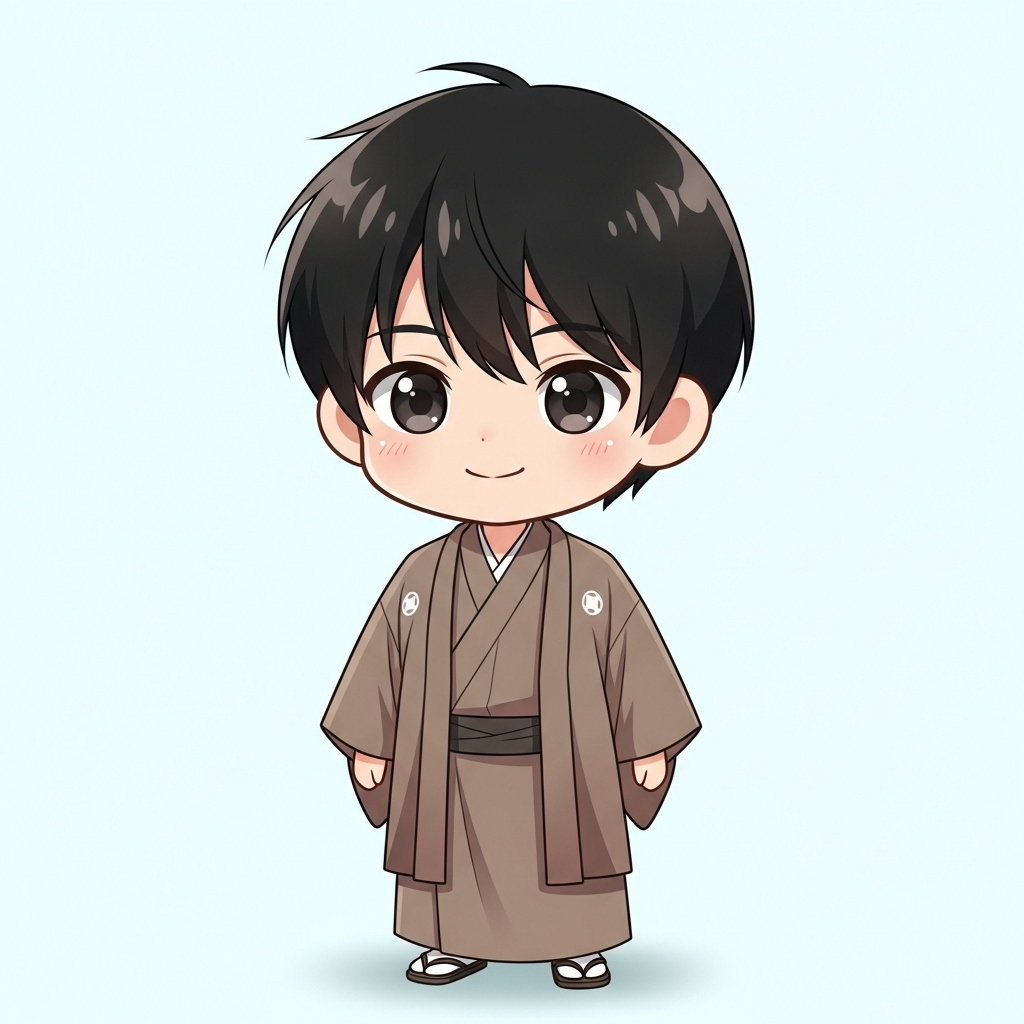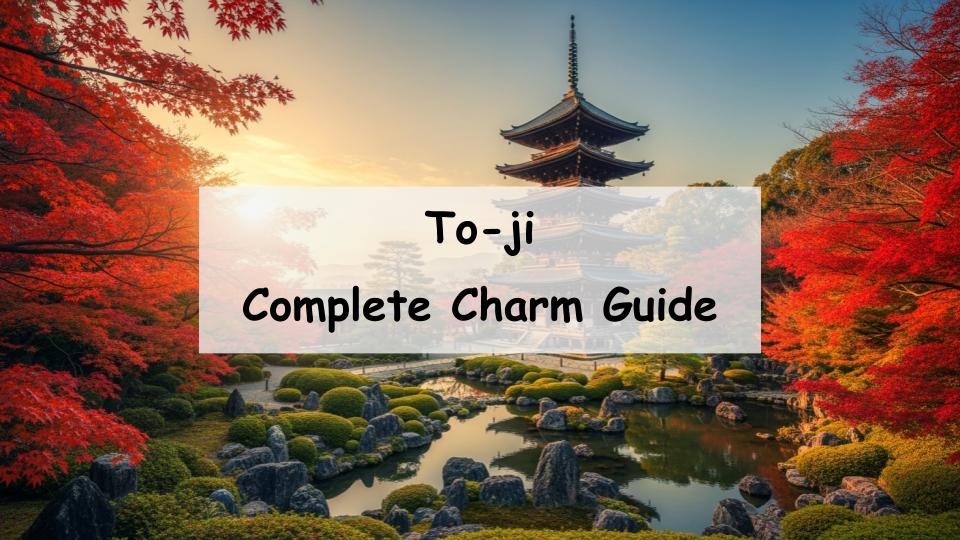Are you curious about what makes To-ji so special? Wondering what to see or how to get there? Many visitors planning a trip to Kyoto search for information about To-ji’s unique features and historical value.
To put it simply, To-ji is the head temple of the Shingon sect of Buddhism, deeply connected to the revered monk Kukai (also known as Kobo Daishi). Known for its iconic five-story pagoda and a treasure trove of esoteric Buddhist art, To-ji continues to captivate travelers and spiritual seekers alike.
In this article, we’ll explore To-ji’s historical background, architectural beauty, must-see attractions, and detailed access information. Whether you’re a first-time visitor or a returning admirer, this guide will help you fully enjoy the experience of To-ji in Kyoto.
What Is To-ji? History and Overview
Origins and Historical Background
To-ji, officially named Kyo-o Gokoku-ji, was founded in 794 as a guardian temple for the newly established Heian-kyo (ancient Kyoto). It remains the only surviving temple from that original city layout, making it a rare and invaluable piece of Japanese heritage.
To-ji and Kukai (Kobo Daishi)
In 823, Emperor Saga granted To-ji to Kukai, the founder of Shingon Buddhism. Kukai transformed To-ji into a center for esoteric Buddhist training and ritual. Today, it serves as the headquarters of the Shingon sect and a sacred site for followers of his teachings.
UNESCO World Heritage Status
To-ji was inscribed as a UNESCO World Heritage Site in 1994 as part of the “Historic Monuments of Ancient Kyoto.” Its centuries-old architecture, cultural treasures, and spiritual legacy make it one of Japan’s most significant religious landmarks.
Highlights and Features of To-ji
Japan’s Tallest Wooden Pagoda
The five-story pagoda at To-ji stands 55 meters tall, making it the tallest wooden tower in Japan. Originally built in the 9th century, the current structure dates back to 1644. Towering against Kyoto’s skyline, it’s one of the most recognizable symbols of the city.
The Imposing Buddha Statues in the Main Halls
To-ji’s Kondo (Main Hall) enshrines a powerful statue of Yakushi Nyorai (the Medicine Buddha), while the Lecture Hall (Kodo) houses a grand three-dimensional mandala—an impressive array of esoteric Buddhist deities carved in exquisite detail.
The 3D Mandala: A Masterpiece of Esoteric Art
Structure and Significance of the 21 Statues
The 21 statues inside the Lecture Hall are arranged in a spatial mandala centered around Dainichi Nyorai (the Cosmic Buddha). This layout represents the esoteric cosmos and is a key feature of Shingon Buddhist iconography.
Symbolism in the Arrangement
Each statue’s placement reflects deep philosophical meaning, showing the interconnectedness of the cosmos and the path to enlightenment. The mandala is more than an art piece—it’s a visual guide to the spiritual teachings of Shingon Buddhism.
Tranquil Gardens and Seasonal Beauty
To-ji’s grounds feature serene gardens that transform with the seasons. In spring, cherry blossoms frame the pagoda; in autumn, vibrant foliage adds a warm glow. Evening illuminations during these times offer a magical, unforgettable atmosphere.
How to Access To-ji: Transportation Guide
By Public Transport (Train and Bus)
To-ji is easily accessible from Kyoto Station—just a 15-minute walk or a 5-minute walk from Toji Station on the Kintetsu Line. City buses also stop near the temple at “Toji Higashimon-mae,” making it convenient from anywhere in Kyoto.
By Car: Routes and Parking Info
If you’re driving, To-ji is about 10 minutes from the Kyoto Minami IC on the Meishin Expressway. There is a paid parking lot on-site, though it may fill up during peak times or events. Nearby coin-operated parking lots are also available as backup options.
Nearby Areas to Stay
The Kyoto Station area is a prime location for accommodation, offering a wide range of options from affordable business hotels to luxurious ryokan inns. Staying here gives you easy access not only to To-ji but also to other Kyoto attractions.
Tips for Visiting To-ji
Hours, Admission Fees, and Etiquette
To-ji is open daily from 8:00 AM to 5:00 PM. Entrance to the pagoda and main halls requires an admission fee. Note that photography is not allowed inside certain areas, so please follow the temple’s rules and respect its sacred atmosphere.
Annual Events and Special Exhibits
To-ji hosts seasonal events such as spring and autumn special openings of normally closed areas. On the 21st of each month, the “Kobo Market” is held to commemorate Kukai’s passing, drawing crowds with antiques, food, and local crafts.
Best Times to Visit: Morning and Evening Lights
Early morning visits offer quiet reflection with fewer tourists. During seasonal events, night illuminations bring a whole new beauty to the pagoda and garden—highly recommended for a different perspective on the temple’s ambiance.
Nearby Attractions and Food Around To-ji
Recommended Sightseeing Spots
Close to To-ji, you’ll find Umekoji Park and the Kyoto Railway Museum—great for families. West and East Honganji temples are also nearby, perfect for those interested in Buddhist history.
Where to Eat After Visiting To-ji
Around To-ji, you’ll discover cozy traditional eateries, udon shops, and cafés. Near Kyoto Station, there’s no shortage of restaurants offering Kyoto-style cuisine, sweets, and local specialties to round out your temple visit.
Conclusion: Experience the Full Charm of To-ji
A Harmony of History, Art, and Spirituality
To-ji offers a rare blend of sacred atmosphere, artistic achievement, and historical depth. Whether you’re drawn by the architecture, the spiritual heritage, or the peaceful gardens, To-ji delivers a complete cultural experience.
A Beginner-Friendly Guide to Exploring To-ji
Even if it’s your first time, simply following the route through the Kondo, Kodo, and Five-story Pagoda will provide a deep understanding of To-ji’s significance. With this guide in hand, you’re ready to explore one of Kyoto’s most iconic temples with confidence and appreciation.
A Message from the Guide

To-ji is a temple close to my heart, where I first discovered the appeal of Buddhist statues.













Comment